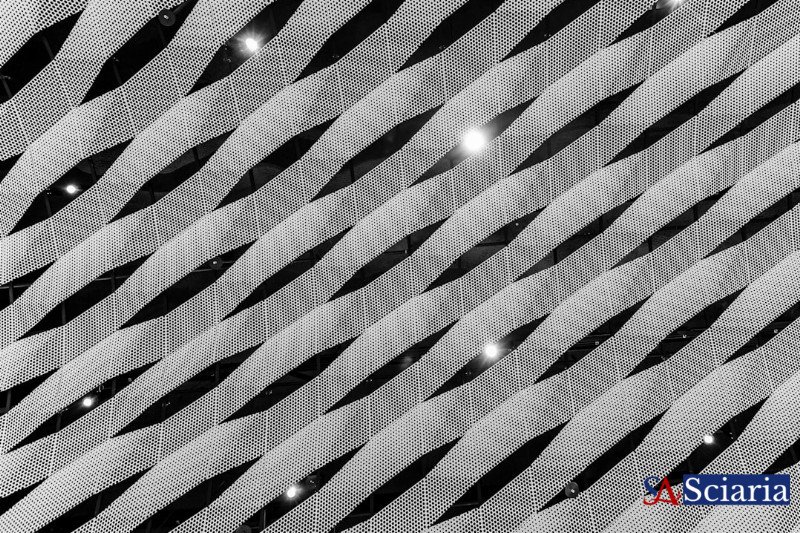Bending Light, Shaping Reality: The Marvel of Metamaterials
- Sciaria
- Materials
- Oct 06, 2025
- 0 Comments

Imagine a world where objects could become invisible, where light could be manipulated at will to create lenses with unparalleled resolution, or where signals could be transmitted without interference. These might sound like concepts from science fiction, but thanks to the groundbreaking field of metamaterials, such possibilities are rapidly moving from fantasy to scientific reality. These aren't your grandmother's materials; they are meticulously engineered structures designed to unlock properties unimaginable in naturally occurring substances.
So, what exactly are metamaterials? Unlike traditional materials whose properties are determined by their chemical composition, metamaterials derive their extraordinary capabilities from their meticulously designed, repeating sub-wavelength structures. These artificial 'atoms' or 'molecules' are typically much smaller than the wavelength of the waves they are designed to interact with – be it light, sound, or microwaves. By precisely arranging these tiny structures, scientists can dictate how these waves propagate through the material, effectively creating properties not found anywhere in nature, such as a negative refractive index.
The most celebrated of these exotic properties is the ability to bend light in ways previously thought impossible. While natural materials refract light in a positive direction, certain metamaterials can achieve a 'negative refractive index.' This mind-bending phenomenon means that light waves effectively bend in the 'wrong' direction, opening up a Pandora's box of applications. This unique light manipulation is the core principle behind the much-hyped concept of invisibility cloaks, where light is guided around an object rather than reflecting off it, making the object appear to vanish.
Beyond the allure of cloaking devices, metamaterials promise to revolutionize numerous fields. Perfect lenses, for instance, could overcome the diffraction limit that constrains conventional optics, allowing for imaging resolutions far beyond what's currently possible – a game-changer for medical diagnostics and semiconductor manufacturing. They are also being explored for highly efficient antennas, advanced acoustic cloaking, ultra-sensitive sensors, and even novel energy harvesting devices, showcasing their versatility across the electromagnetic spectrum.
While significant hurdles remain in their large-scale fabrication and practical application, the ongoing research into metamaterials continues to push the boundaries of what we understand about light and matter. As scientists refine techniques to build these intricate structures and explore new configurations, metamaterials hold the promise of not just bending light, but fundamentally reshaping our technological landscape and our interaction with the physical world. The future, quite literally, looks brighter through a metamaterial lens.
Comments (0)
Rate This Blog
Top Blogs by Rating
Andragogy: The Secret to Engag...
By Sciaria
The Silent Language of Your Bo...
By Sciaria
Unraveling Heredity: Beyond th...
By Sciaria
Favorite Blog
Ops Debt: Unmasking the Silent...
By Sciaria
Beyond Repair Shops: Unlocking...
By Sciaria
The Gamification of Governance...
By Sciaria





